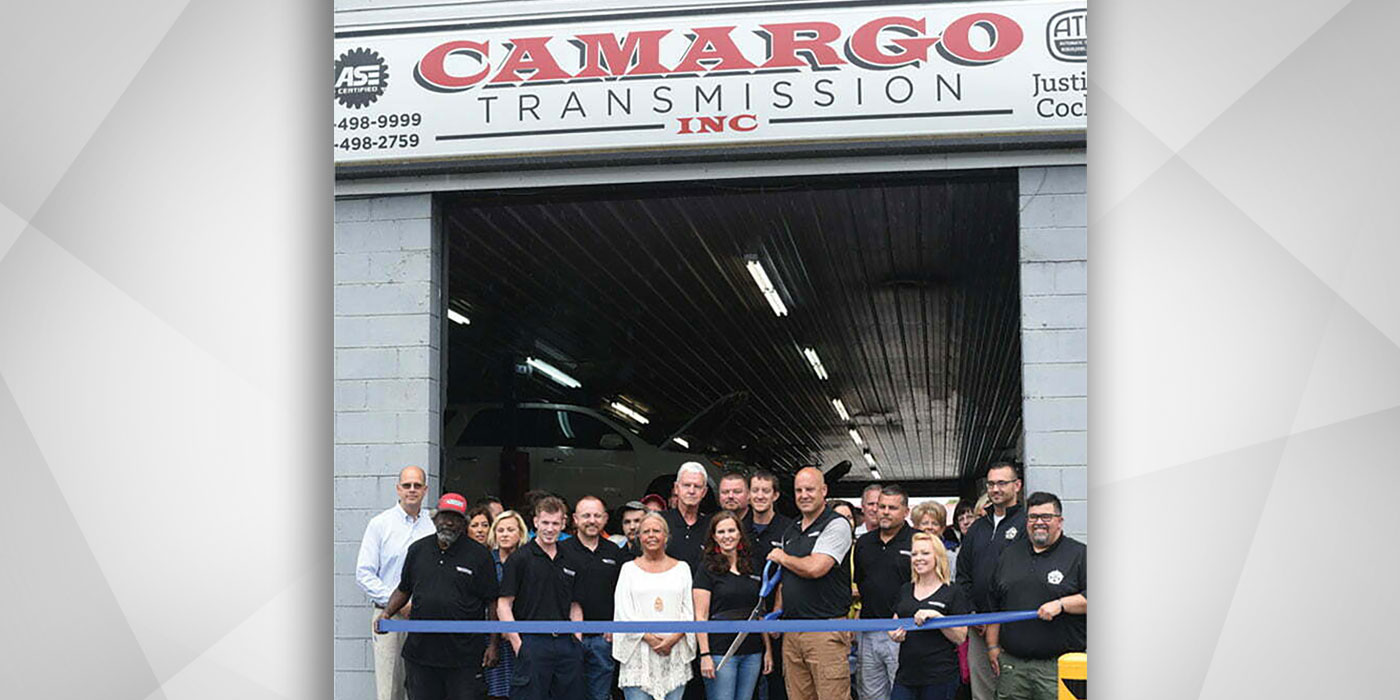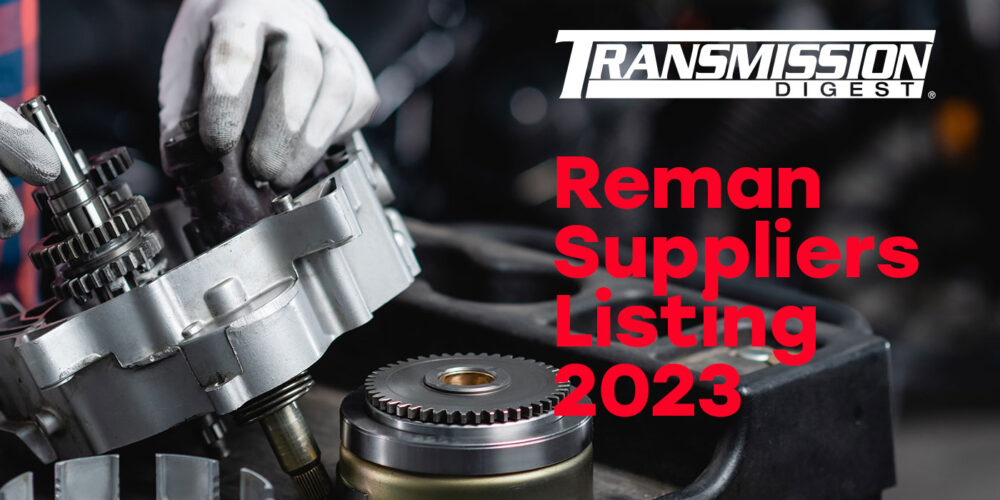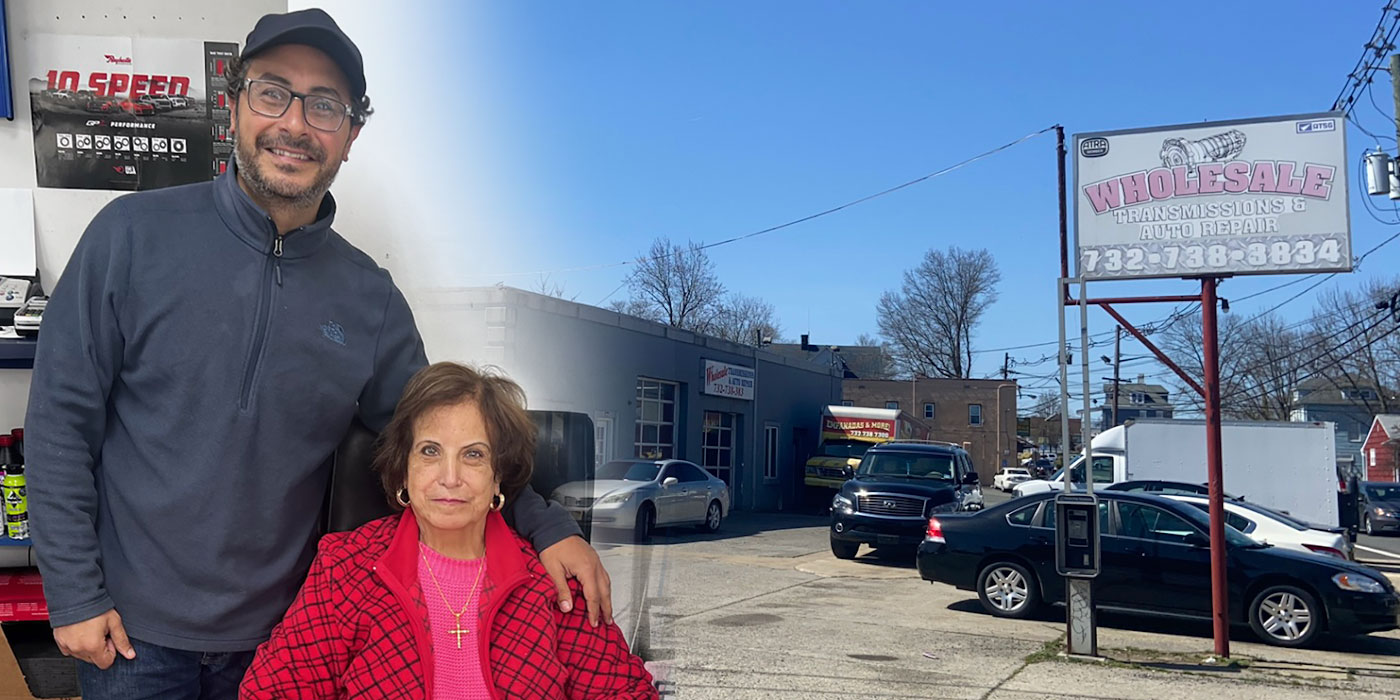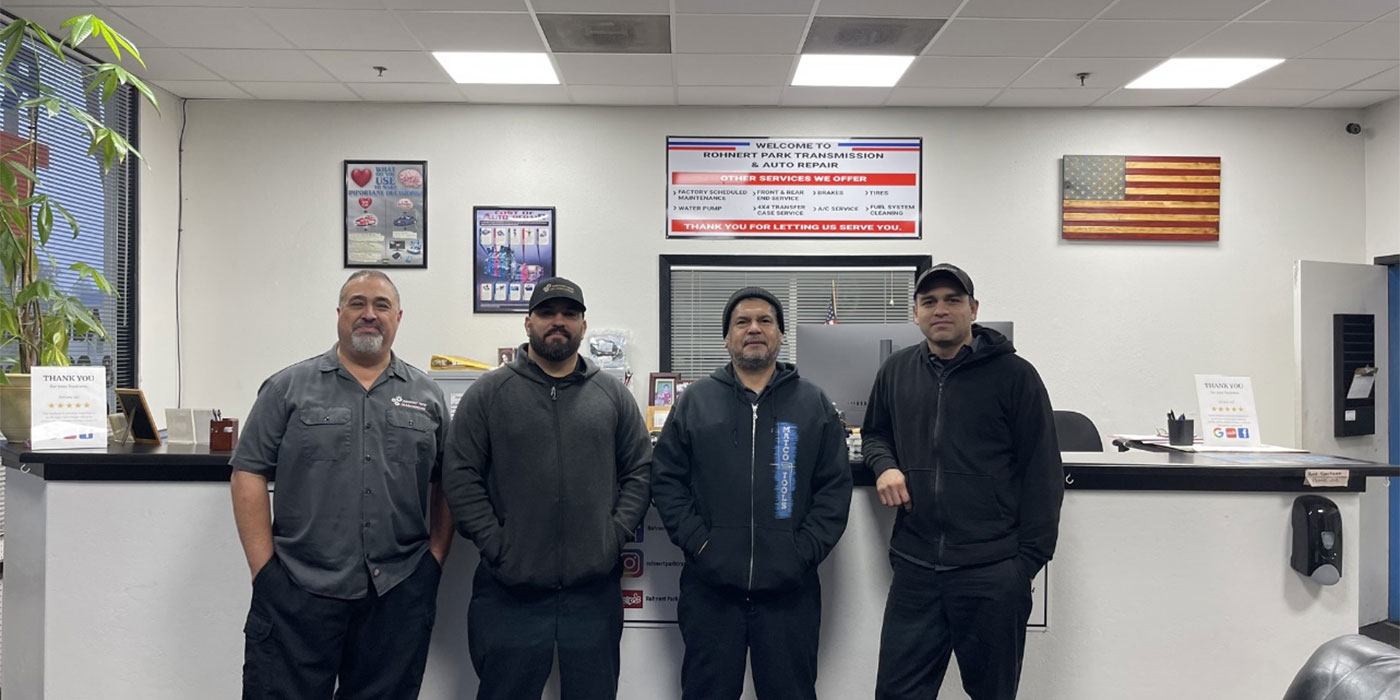
It’s Your Business
- Subject: Keeping technicians productive
- Essential Reading: Shop Owner, Center Manager
- Author: Terry Greenhut, Transmission Digest Business Editor
Every shop owner I’ve ever met wants to keep his or her technicians productive all day, every day. Having them produce 10 or 11 billable hours in an eight-hour day consistently would be wonderful for the shop’s bottom line, but how close is that to reality?
With the average general-repair technician’s productivity hovering around 50% and the average transmission technician’s about 70%, on the basis of number of technician available hours compared with billed hours it’s hard to picture a productivity rate of 110%-120% being possible. It can be achieved, but all the planets need to be aligned for it to happen consistently. The technicians would need enough support in all areas that they could focus their attention strictly on finding and reporting deficiencies and then performing the repairs and services they are assigned.
Whether technicians are as productive as they can be depends on a number of factors such as training, experience, tool-and-equipment availability, the correct parts being ordered and arriving on time, and on what basis the technicians are paid (because let’s face the fact that many salaried employees will not hustle as much as those paid by flat-rate hour), but it all starts with how much the service adviser, manager or owner can and is willing to sell. Many owners blame their technicians for lack of productivity, but a lot, if not all, of it may be the fault of someone up the line. After all, technicians can’t manufacture work that hasn’t been sold and can’t produce well if obstacles are put in their path.
Technicians can play a big part in the sales process, thereby controlling their own destiny to some degree. They can and should be doing an excellent job of checking out each vehicle that comes into their bay no matter why it is initially there. They should make all repair and service recommendations to the service adviser even if they find so many items that it might scare them. The service adviser’s job is to sort them all out, check the vehicle’s history to see what has already been done and decide what the customer really needs now, what can be put off for a little while and what can wait even longer; then he or she has to do a stellar job of selling all those items and giving alternatives only if the customer can’t or is unwilling to have them all done now. The idea is to keep the vehicle on the lift and perform as many repairs and services as possible to save the technician from making unnecessary moves, allowing for maximum productivity.

Although the technicians and the service advisers play a big part in the sales process, it’s the shop owner who sets policy. He or she decides how aggressive to allow the sales force to be in general, and specifically depending upon the customer and the situation. Several factors must be considered:
- 1) Is this a new customer? If so, there are two schools of thought as to how to proceed. One says that you go easy and not scare the customer off by telling him or her about everything that’s needed, especially if the list is long and the car is old. Instead, ease into the relationship by selling only a few repairs and services, then go for more the next time around. The other says to tell them everything they need, try to sell it all to them and see whether they go for it. If they don’t, then offer to prioritize the list, selling the most-important repairs now and other, less-critical ones along with preventive-maintenance services, within the next weeks or months.
- 2) Where did this customer come from? If he or she came in on a strong recommendation from another customer, trust has already been established and there’s a good chance to sell everything on the list because money or the saving thereof probably isn’t their prime motivator; finding a competent technician is. Of course, that should be verified by asking qualifying questions of the customer to be certain of their real motives. If, on the other hand, the customer came in from a low-priced oil-change coupon it might be best to ease into the relationship by trying to sell one or two small services immediately and offer to prioritize the rest, because as of yet there has been no trust built into this relationship.
- 3) What indication is the customer giving as to how he or she might respond to your trying to sell a lot of work all at once? When asked the major qualifying question (“How long are you planning to keep this car?”), if the customer counters with, “Well, it all depends on what you tell me,” that’s a yellow flag. Use caution when proceeding. This customer could be close to the end of the relationship with this vehicle. If, however, the customer tells you he or she wants to get three more years out of the car, that’s a green light and your indicator to try to sell every repair and service you find that they need.
Although we want to sell as much as we can, we have to be careful not to sell people what they don’t need or anything that we’ve already sold them recently. That’s why looking up customer history before selling anything is so important. If they have had a job done elsewhere and you find a failed part or a poorly installed item, then it’s fair game to try to make a sale, being careful not to slander the previous person who repaired the car. That does no one – especially the industry – any good.
We need to work really hard at selling safety-related repairs like brakes and steering both for the benefit of the customer and to avoid possible liability to the shop. In some states once you diagnose faulty brakes you are not allowed to let the customer drive away from your shop if he or she says “no” to the job; the vehicle must be towed. Check your state’s regulations.

Another reason technicians seem not to show enough productivity can lie with the service adviser or shop owner not charging out all of the hours called for by the parts and time guide. Far too often these time estimates are not followed for fear that the customer will say “no” to the job. The service adviser or owner gets scared by the total of the bill and cuts it back. If they don’t sell all the necessary time the technician doesn’t get credit for it, which is really bad if he or she is paid on the basis of flat-rate hours sold. Then, too, there is the possibility that the shop pays the technicians for the full amount of the time estimate but doesn’t charge the customer for it, which definitely hurts the shop’s bottom line.
One of the first rules of selling is, “Always give the customer the opportunity to buy.” When you don’t present the job in its entirety with the retail price on the bottom line of the repair order or invoice, you have no way of knowing whether the customer would have bought the whole package or would have paid the full price for it, so what you’ve done is assume that he or she wouldn’t. That’s a very negative approach that can and usually does prove quite costly.
As owners, managers and service advisers you need to look at yourselves first and ask the question, “What, if any, obstacles have I placed in the way of making a good volume of profitable sales or achieving maximum technician productivity?” Only after you’re certain that you’ve done everything possible to market and sell your wares and that you’ve provided the necessary shop tools, equipment, training and motivation should you look toward the technicians.
If at that point it does prove to be the technicians who are not doing their best, you then have to find out why. One of the main reasons we’ve seen in the new electronic age is the distractions that occur regularly. Those who are into social media such as Facebook and Twitter are bombarded continually with non-work-related messages on their cell phones and computers. Although some technicians keep personal computers at their work stations to search for and receive job-related technical information, too many others use the devices to communicate with their friends throughout the day. This not only slows productivity but also increases the likelihood of mistakes, comebacks and unhappy customers.
One other killer of productivity – and of people, for that matter – is smoking. Every time a technician needs to light up a cigarette and go outside to smoke it, seven minutes or more of productive time is lost. Multiply that by the pack a day most smokers go through at work and 2.3 hours a day is lost. That isn’t even considering the quality of work that’s suffering from a job being started and stopped several times during the process and what the smoker is doing to the health of non-smokers around him. Then, too, how fair is it that an employee who smokes gets to take 2.3 hours off during the day while one who doesn’t has to give a full day’s work?
Smoking is quickly becoming socially unacceptable. You might want to think about speeding up the process by banning it from your workplace completely if your state’s regulations will permit you to do so. You’d be doing your business and all of its employees a big favor.

Terry Greenhut, Transmission Digest Business Editor. Visit www.TerryGreenhut.com.













